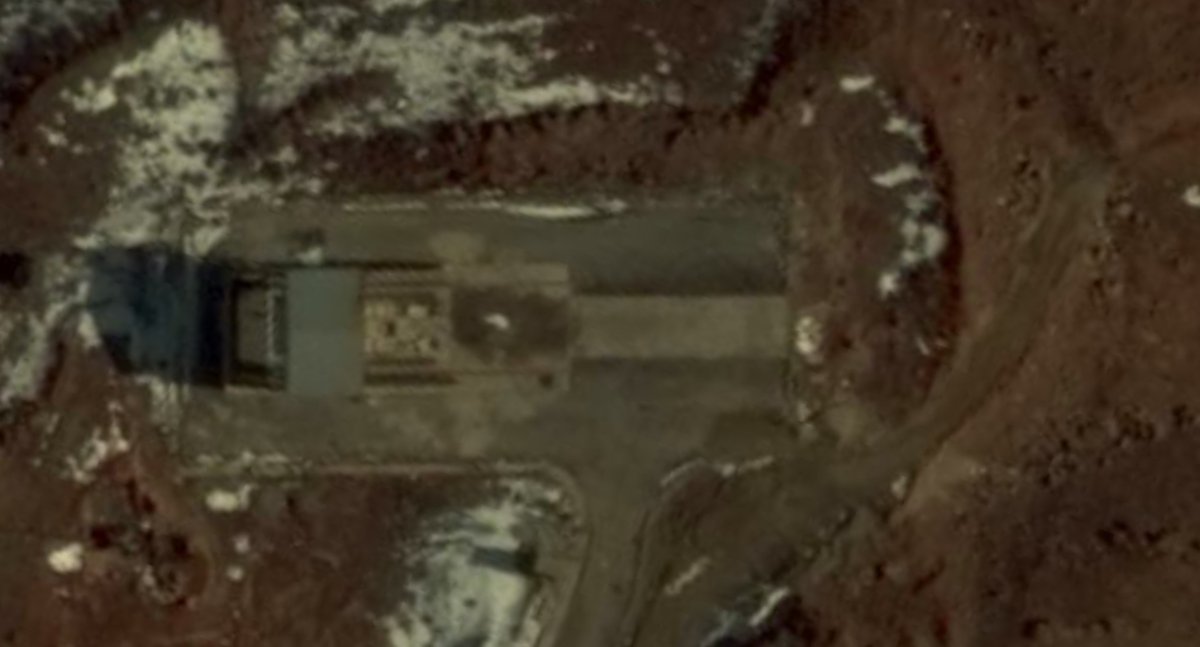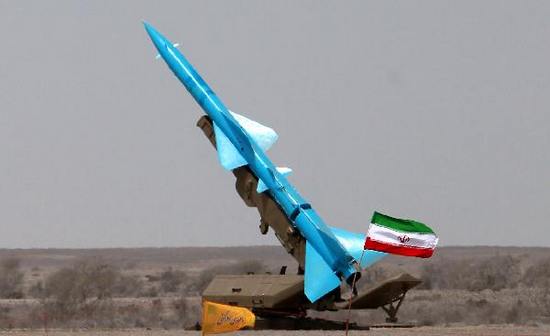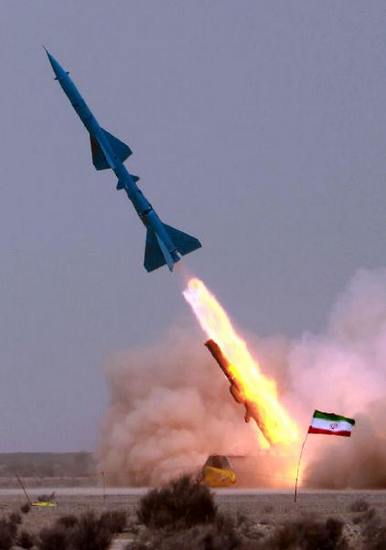
The Houthis are going underground. In 2019, the movement seems to have reactivated a Saleh-era underground facility at Hafa military base in Sanaa, which had been destroyed by coalition airstrikes back in 2015. (15.325075° 44.239581°)
Piles of tailings showing up near the Southern entrance to the site also indicate tunelling work and a potential expansion of the old site.
What appears to be another reactivated tunnel entrance can be observed at Sanaa's Nahdayn military base. (15.303035° 44.217263°)
While the overhanging rocks make it difficult to be sure, the roadwork at this part of Yemen's former Jabal Attan missile base, also looks pretty suspicious in this regard. (15.323562° 44.163392°)
The Houthis are well known to have used smaller tunnels and caves for a long time. Still, considering the total aerial supremacy of the coalition, it's a bit surprising they would put highly visible older Saleh-era UGFs back to use again.
Just as rockets and missiles, underground facilities are a crucial part of the Hezbollah playbook that the Houthis appear intent on copying. So I wouldn't be surprised if there is actually much more going on than meets the eye.
• • •
Missing some Tweet in this thread? You can try to
force a refresh














